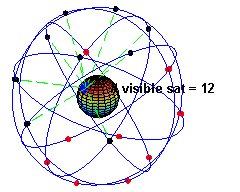O
orionrider
Guest
Imagine you could launch a geostationary payload for just a few million dollars?
Say a data transmission relay or an Earth observation platform, or a positioning system, or an international cell-phone network...
Imagine you could easily recover and re-launch the platform for hardware updates, maintenance or replacement, essentially at no costs? Re-position or re-orient the craft without ever running out of propellant?
Well, it's becoming reality: viewtopic.php?f=19&t=25103
Other systems are in the making: unmanned blimps that can stay aloft for months or ultra-high-altitude, very long endurance UAV's, loitering for a week at 60.000ft.
If (when?) these low-cost platforms replace satellites, space business will become less profitable. This will dramatically increase the cost of deep space missions and manned spaceflight.
What do you think :?:
Say a data transmission relay or an Earth observation platform, or a positioning system, or an international cell-phone network...
Imagine you could easily recover and re-launch the platform for hardware updates, maintenance or replacement, essentially at no costs? Re-position or re-orient the craft without ever running out of propellant?
Well, it's becoming reality: viewtopic.php?f=19&t=25103
Other systems are in the making: unmanned blimps that can stay aloft for months or ultra-high-altitude, very long endurance UAV's, loitering for a week at 60.000ft.
If (when?) these low-cost platforms replace satellites, space business will become less profitable. This will dramatically increase the cost of deep space missions and manned spaceflight.
What do you think :?:





